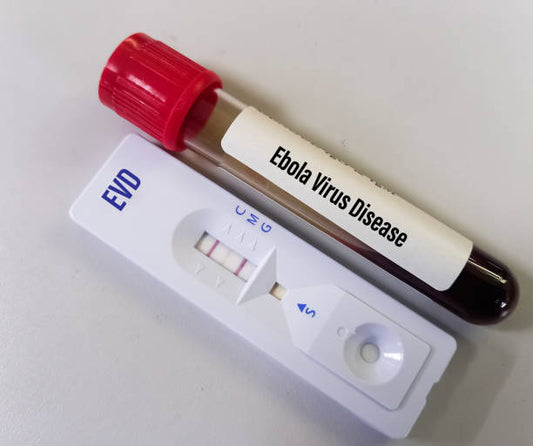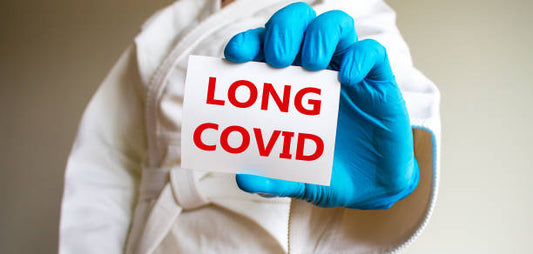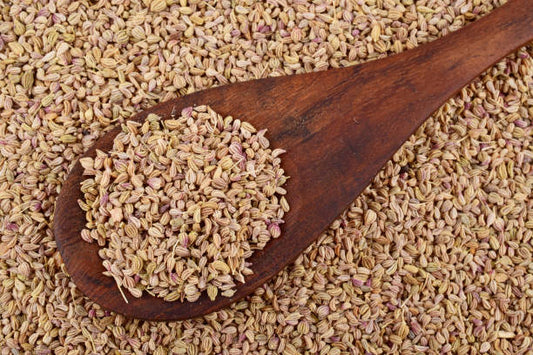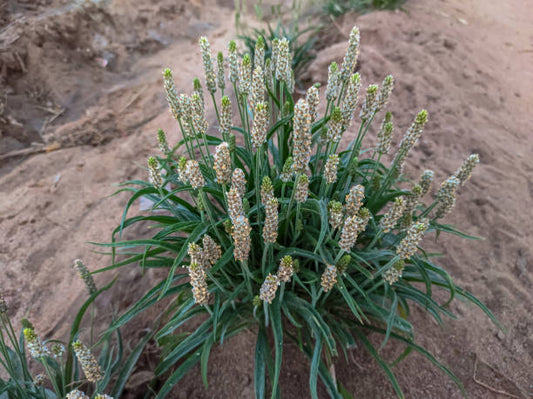Mold is a type of fungus that grows in warm and humid environments. While mold is a natural part of the environment and plays an important role in breaking down organic matter, it can also cause allergies in some people. In this blog, we will discuss the causes, symptoms, and treatment of mold allergies.
Causes of Mold Allergies
Mold allergies occur when the immune system overreacts to mold spores. When mold spores are inhaled, the immune system responds by releasing histamine and other chemicals that cause allergic symptoms. The causes of mold allergies can vary, but the most common reasons include:
Symptoms of Mold Allergies
The symptoms of mold allergies can vary from mild to severe and can include:
- Sneezing
- Runny or stuffy nose
- Itchy eyes, nose, or throat
- Coughing
- Wheezing
- Skin rash
- Difficulty breathing (in severe cases)
It is important to note that not all adverse reactions to mold are allergies. Some reactions can be irritations or infections, which can cause similar symptoms but do not involve the immune system. However, if you experience any of the symptoms listed above after being in an environment with mold, it is important to seek medical attention immediately.
Treatment of Mold Allergies
If you have a mold allergy, the only way to prevent a reaction is to avoid exposure to mold. Depending on the severity of the allergy, your doctor may prescribe antihistamines or decongestants to help alleviate symptoms. In severe cases, your doctor may prescribe immunotherapy, which involves gradually exposing your immune system to small amounts of the allergen to help it become less sensitive.
Prevention of Mold Allergies
While it is not always possible to prevent mold allergies, there are some steps you can take to reduce your risk:
- Control Indoor Humidity: Keep indoor humidity levels between 30% and 50% to help prevent mold growth.- Use a Dehumidifier: If you live in a humid environment, consider using a dehumidifier to help remove excess moisture from the air.
- Keep Your Home Clean: Regularly clean and vacuum your home to help prevent mold growth.
- Use Air Conditioning: Use air conditioning to help control indoor humidity levels and prevent mold growth.
- Wear a Mask: If you must be in an environment with mold, wear a mask to help prevent inhaling mold spores.
In conclusion, mold allergies can cause a range of symptoms from mild to severe. By avoiding exposure to mold, you can prevent a reaction. By controlling indoor humidity levels, keeping your home clean, and using air conditioning, you can help prevent mold growth. If you suspect that you have a mold allergy, seek medical attention to help alleviate symptoms and prevent future reactions.
Author: Nikita Vishnoi BCA
Reviewed by: Dr. S Satsangi













1 comment
Mold allergy occurs when the immune system reacts to mold spores in the environment. Common causes include exposure to damp areas or moldy surfaces. Symptoms can range from sneezing and nasal congestion to skin rashes and asthma attacks. Treatment typically involves avoiding exposure, using antihistamines, and sometimes seeking professional help for mold removal to alleviate symptoms and improve overall health.